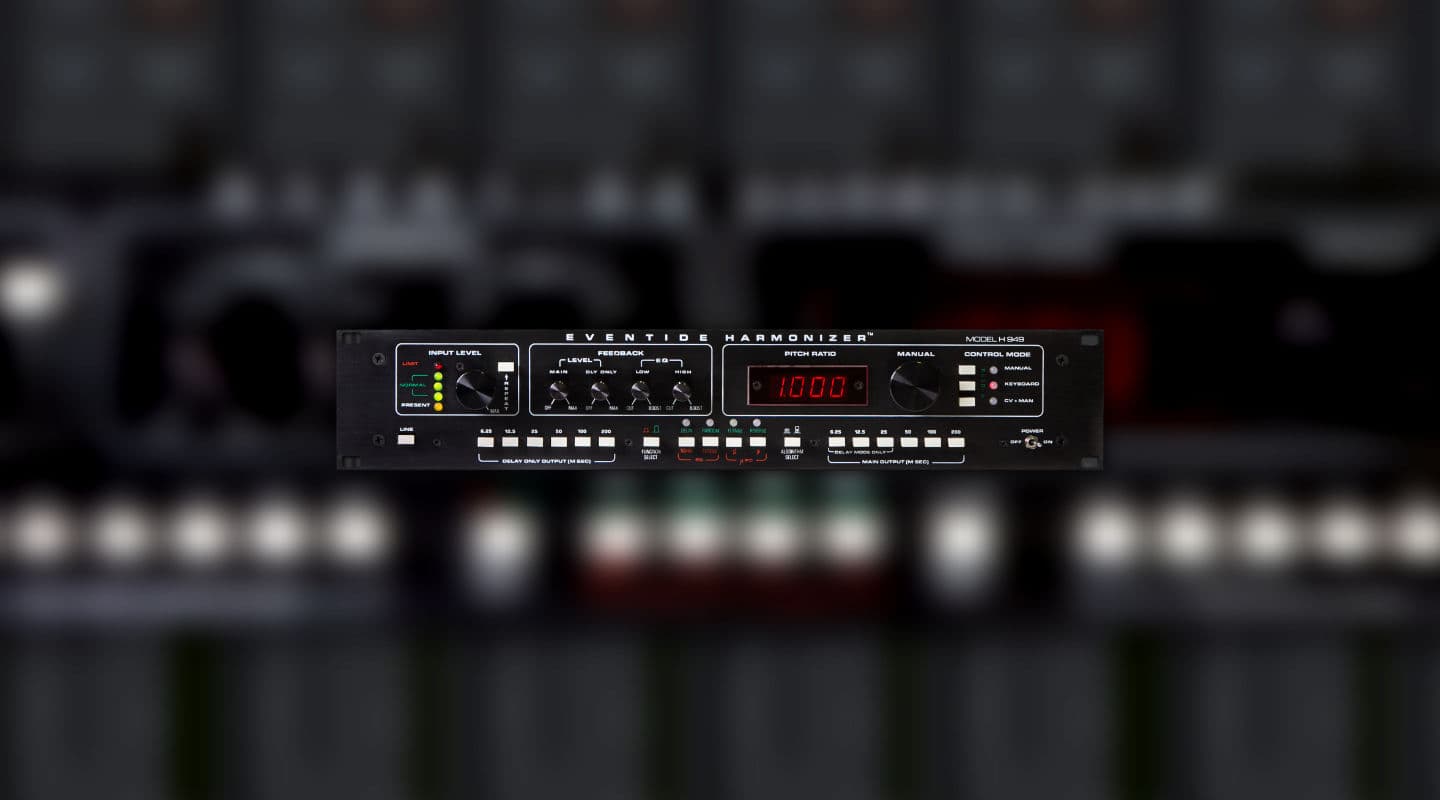
Eventide Flashback to H949 Harmonizer
Eventide’s Retrospective Flashback #7.1 Highlights Its H949 Harmonizer, with Prince’s Susan Rogers demoing her original repitching
As part of its ongoing 50th Anniversary celebration, Eventide’s Flashback Series, which highlights groundbreaking legacy Eventide products that solidified the company as an audio technology leader, continues with the latest instalment – Flashback #7.1: The H949 Harmonizer (1979).
The H949 Harmonizer was designed to improve upon the performance of the H910 Harmonizer which had been released in 1975 to great acclaim. The success of the H910 was gratifying, especially considering its limitations (for instance, it provided only 100 milliseconds of delay). Eventide was already thinking about a new, improved model even as the first H910s shipped. At the time – the mid ‘70s – IC technology was sprinting ahead. The 4k-bit RAM chips in the H910 became “old news” once 16k-bit chips were available. And, by 1977, logic ICs had progressed to doing simple but fast arithmetic, which enabled a host of unheard-of effects. The H949 benefited from the rapid pace of IC development with improved audio specs and much more. It represented a major advance in the very notion of an effects box and introduced the terms algorithm, random, and micropitch to the audio lexicon. The marketing message was simple – “more of everything,” and that meant longer delays, radical new features, and better audio specs.
The flashback focuses on a particular problem that the H949 was able to address – specifically, the “devilish pitch change glitch” that plagued the H910. Why was taming the glitch so important? Didn’t some people love that devilish glitch? Yes, perhaps some did, but most simply tolerated the unpredictable audio hiccup while appreciating that the H910 opened up a new world of sonic possibilities. Others had hoped that the H910 could be used to help solve a sticky problem: “pitchy” vocals. On that score, it fell short for two reasons. First, it was difficult to dial in small, precise pitch ratios, and second, the random glitch made for hit-or-miss results. But the glitch needed a solution, and the flashback breaks down in great detail how Eventide endeavoured to find the answer.
The H949 was the first pitch-change box designed to be a tool for tuning. It had the necessary fine resolution, as well as the ability to analyse audio in real time and make decisions that avoided audible glitches. Engineers welcomed this new capability and found that while monitoring a problematic track, they could twist the big knob – at the right time and by just the right amount – to tune a track with wandering pitch. Bear in mind that, in 1979, Auto-tune was still more than a decade away. Engineers discovered that, while the process was a hands-on, real-time performance, the H949 pitch adjustment algorithms could bail them out when tracks desperately needed tuning.
A highlight of Flashback #7.1 is the embedded video – Susan Rogers on the Eventide H949 Harmonizer® – where the legendary recording engineer breaks down her use of the device. From tuning background vocals to using it on hi-hat/cymbals on Prince tracks, hear why Susan Rogers considered the H949 Harmonizer an essential studio tool.
Flashback #7.1 is the latest in the ongoing series of Flashbacks that help celebrate Eventide’s 50th Anniversary while providing readers a true historical perspective on the company. The episodes feature insights, photos, videos and documentation excerpts that chronicle Eventide’s ongoing quest to find unprecedented ways to bend, distort and manipulate sound.




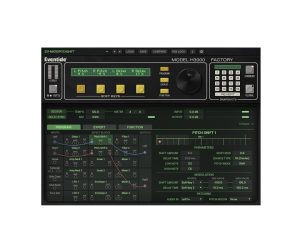


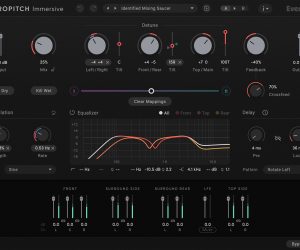

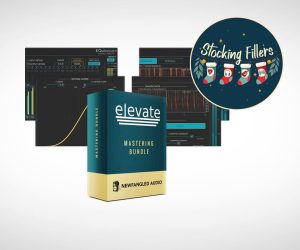

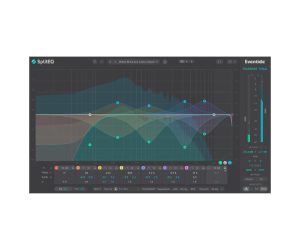




RESPONSES